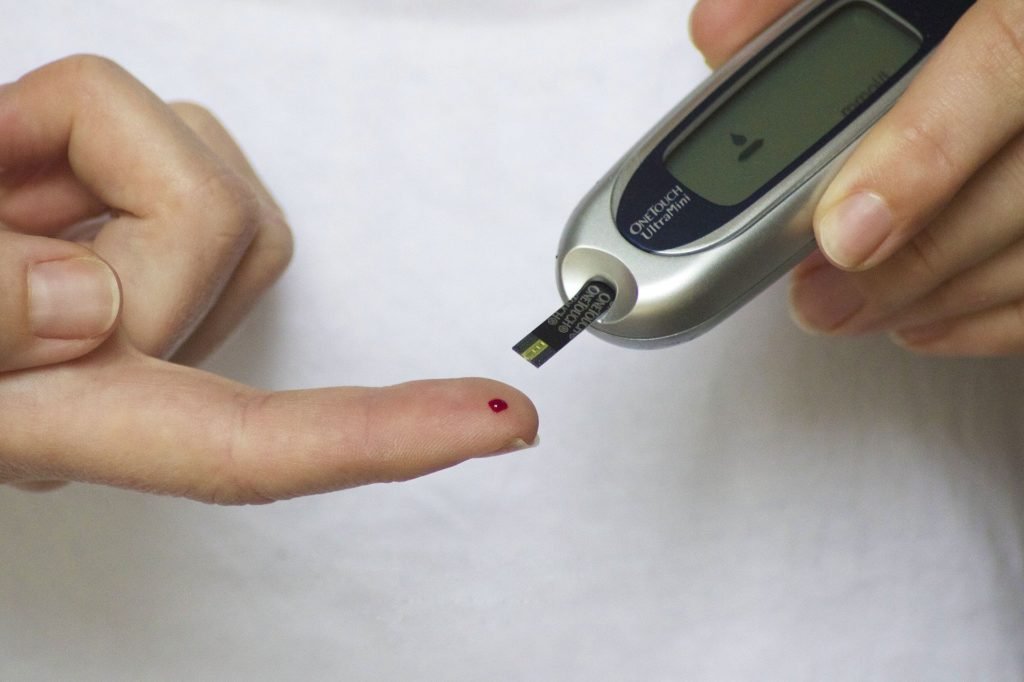Fibrodysplasia Ossificans Progressiva, or FOP, is a rare bone disease that causes soft tissues such as muscles, tendons, and ligaments to turn into bone. FOP affects about one in two million people worldwide and has no known cure. People with FOP experience progressive loss of mobility and function as their joints become fused and their skeleton becomes deformed.
How does Fibrodysplasia Ossificans Progressiva affect the body?
FOP is caused by a mutation in the ACVR1 gene, which encodes a protein that regulates bone growth and development. The mutation makes the protein overactive, leading to abnormal bone formation in response to injury or inflammation. The bone formation usually starts in the neck and shoulders and spreads to the rest of the body over time. The bone growth can compress nerves, blood vessels, and organs, causing pain, swelling, and complications.
The symptoms of FOP usually appear in early childhood, often with a characteristic malformation of the big toes. Other signs and symptoms include:
- Flare-ups of inflammation and swelling that precede bone formation
- Limited range of motion and stiffness of the affected joints
- Short stature and scoliosis (curvature of the spine)
- Difficulty breathing, eating, and speaking due to bone growth in the chest, jaw, and throat
- Hearing loss due to bone growth in the ears
- Vision problems due to bone growth in the eyes
People with FOP have normal intelligence and life expectancy, but they face physical and psychological challenges due to their condition.
Is there a cure for FOP?
There is no cure for FOP, but there are some treatments that can help manage the symptoms and improve the quality of life of people with FOP. These treatments include:
- Medications: Some medications can help reduce inflammation and pain, such as corticosteroids, nonsteroidal anti-inflammatory drugs (NSAIDs), and opioids. However, these medications have side effects and may not prevent bone formation. A drug called palovarotene, which inhibits the activity of the ACVR1 protein, has shown promising results in clinical trials and has been granted a breakthrough therapy designation by the FDA for the treatment of FOP.
- Surgery: Surgery is not recommended for people with FOP, as it can trigger more bone formation and worsen the condition. However, some surgeries may be performed in life-threatening situations, such as to relieve pressure on the airway or the spinal cord. Surgery requires careful planning and monitoring by a team of specialists.
- Physical therapy: Physical therapy can help maintain the mobility and function of the unaffected joints and muscles, as well as prevent contractures and deformities. Physical therapy should be gentle and avoid any trauma or stress to the tissues. Passive stretching, massage, and aquatic therapy are some of the techniques that can be used.
- Occupational therapy: Occupational therapy can help people with FOP adapt to their daily activities and environment, as well as provide assistive devices and equipment that can enhance their independence and comfort. Occupational therapy can also help with education, employment, and social participation.
- Psychological support: Psychological support can help people with FOP cope with the emotional and social impact of living with a rare and disabling disease. Counseling, therapy, and peer support groups can provide emotional and mental health support for people with FOP and their families.
Living with Fibrodysplasia Ossificans Progressiva
Living with FOP can be challenging, but it is not impossible. People with FOP can lead fulfilling and productive lives with the help of their families, friends, and health care providers. Some of the strategies that can help people with FOP live well include:
- Educating themselves and others about FOP and its implications
- Seeking medical advice and care from experts who are familiar with FOP
- Following a healthy lifestyle that includes a balanced diet, adequate hydration, and regular sleep
- Avoiding injuries, infections, and vaccinations that can trigger flare-ups
- Seeking professional help for any physical or psychological problems that arise
- Joining a support network of other people with FOP and their families
- Participating in hobbies, interests, and activities that bring joy and satisfaction
- Advocating for their rights and needs in various settings, such as school, work, and community
Coping strategies for FOP patients
Coping with FOP can be difficult, but there are some ways that can help people with FOP deal with the stress and challenges of their condition. Some of the coping strategies that can help FOP patients include:
- Practicing relaxation techniques, such as deep breathing, meditation, and yoga
- Engaging in positive self-talk and affirmations, such as “I am strong and resilient” or “I can handle this”
- Expressing their feelings and emotions, such as through writing, drawing, or talking to someone
- Seeking humor and laughter, such as by watching a funny movie or reading a comic book
- Asking for and accepting help and support, such as from family, friends, or professionals
- Setting realistic and achievable goals, such as learning a new skill or completing a task
- Celebrating their achievements and accomplishments, such as by rewarding themselves or sharing with others
- Finding meaning and purpose in their lives, such as by volunteering, mentoring, or donating
Conclusion
Fibrodysplasia Ossificans Progressiva, or FOP, is a rare bone disease that causes soft tissues to turn into bone. FOP has no cure, but there are some treatments that can help manage the symptoms and improve the quality of life of people with FOP. FOP is a challenging condition that requires medical, physical, and psychological support for people with FOP and their families. By increasing awareness and research on FOP, we can hope to find better treatments and a cure for this devastating disease.


